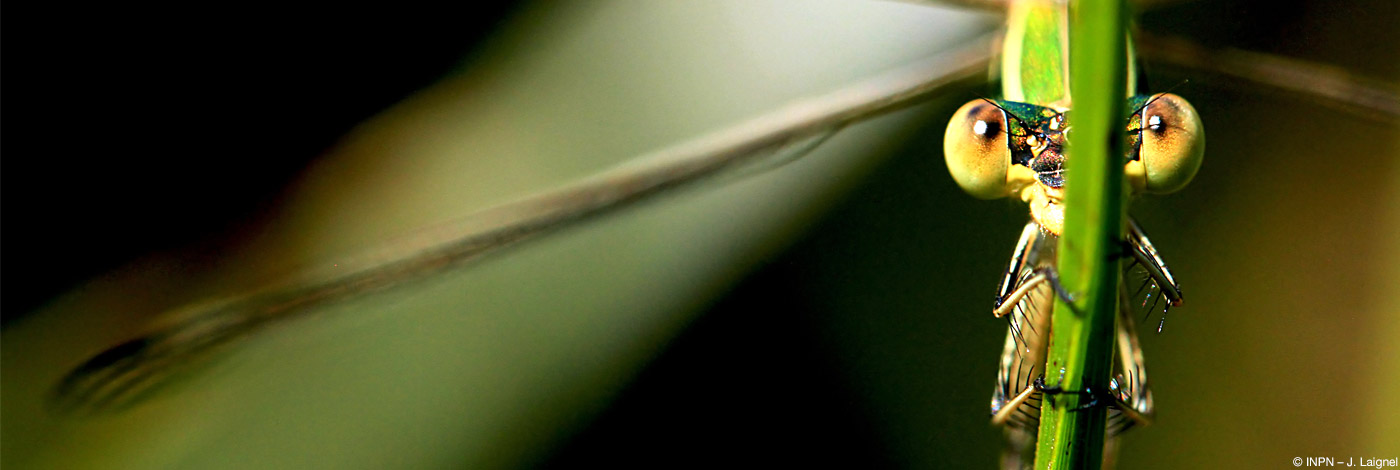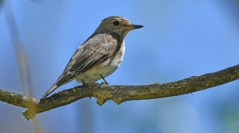

 Naturae
2020 (11) - Pages 165-184
Naturae
2020 (11) - Pages 165-184This article reviews the possibilities of using acoustic criteria in passerine taxonomy, in addition to morphological and molecular criteria. The first example refers to the Eurasian Treecreeper Certhia familiaris Linnaeus, 1758 and the Short-toed Treecreeper Certhia brachydactyla C. L. Brehm, 1820, two long-standing distinguished species whose vocal characteristics have recently been quantified using a standardized approach. A second example is devoted to the Philippine Magpie-Robin Copsychus mindanensis (Boddaert, 1783), which was recently separated from the Oriental Magpie-Robin Copsychus saularis (Linnaeus, 1758) on the basis of various criteria, including vocalization differences. The third example details the ongoing studies on the Spotted Flycatcher Muscicapa striata (Pallas, 1764) and the Mediterranean taxa tyrrhenica and balearica previously known as its subspecies under the names M. striata tyrrhenica Schiebel, 1910 and M. striata balearica von Jordans, 1913 and whose taxonomy is still under discussion: the author attempts to assess the vocal differences between these three taxa using the same standardized approach applied to spectral measures (maximum, minimum and peak frequencies, bandwith). Nuptial songs and territorial songs have been analysed separately, with emphasis on nuptial songs for which Cohen’s d statistics have been calculated for each pair of taxa and for each character. However no attempt at calculating Cohen’s statistics for minimum frequency has been made due to limitations in the data set (very faint flycatcher sounds are often difficult to identify when similar frequencies occur in the background noise). No analysis of temporal measurements has been made, but the presence of abrupt frequency changes has been added as an additional character, shared by balearica and tyrrhenica. Among the results are the differences between striata and tyrrhenica, which are described as exceptional for at least two characters (maximum frequency and peak frequency).